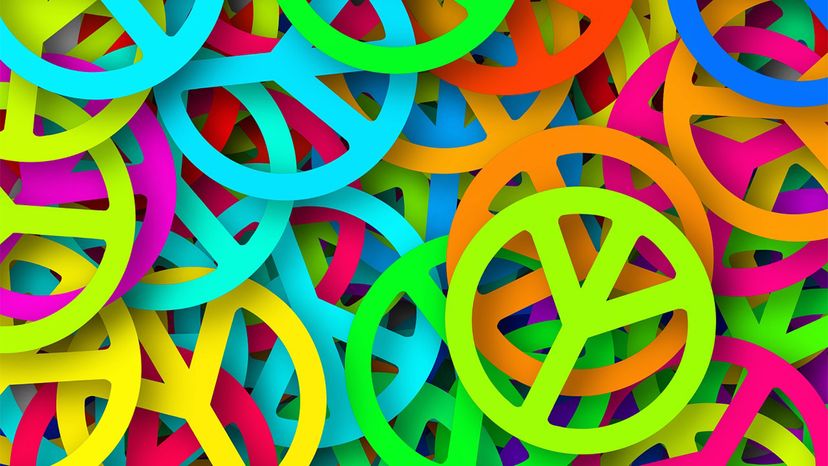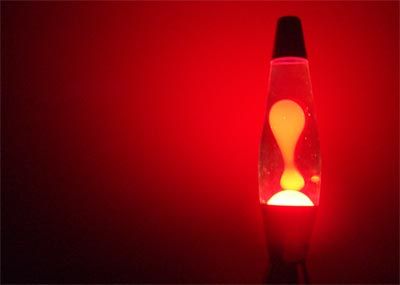
If you have a can of spray paint and a giant rock face to paint on, and you need to tell a group of people a half a mile away that you come in peace, how would you get the message across? You could paint an olive branch or an origami crane, a white poppy or fingers making a V sign. But there's an easier way: Draw a circle, bisect it with a vertical line, and two lines pointing down at a 45 degree angle from that line, like two drooping arms.
And, voilà! Message delivered.
Advertisement
This peace sign in one of the most recognized symbols in the modern world. In its relatively short history, it has become ubiquitous — it's on pajamas, jewelry, Frisbees and the floormats of cars — but it has also been used as an emblem of a variety of uniquely 20th century cultural and political movements, from the hippies to women's rights to environmental protection to the end of South African aparteid. But it was created for a very specific movement: nuclear disarmament.


